

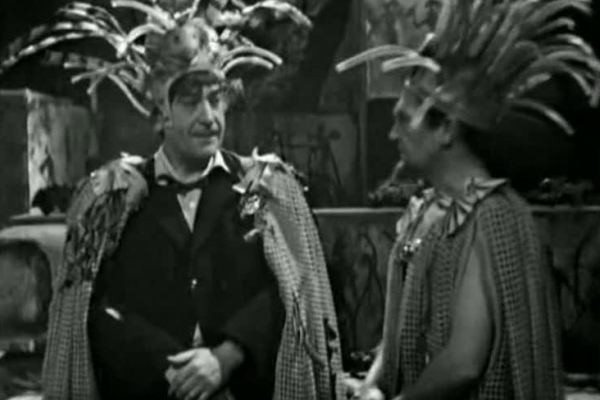
Attempting to rank the best Patrick Troughton Doctor Who stories takes more guesswork than any other "worst to best" article this site has run. While original Doctor William Hartnell has 17 of his 29 stories still intact in the archives (and a couple more with a significant number of episodes still existing, meaning you can "get the gist") Troughton has only a third of his stories still existing in their entirety.
After the much-publicised recovery of missing episodes last month, stories like The Web of Fear now exist in large proportions (just one of its six episodes still missing from the archives), and there were previous entries that were fairly well realised, such as The Invasion (six of eight episodes still existing). However, there are still some stories that have no episodes existing at all, and so we must stick to the telesnaps and audio track to build up the best idea of how good they really were. This begs the question of how accurate such an assessment can truly be. With The Underwater Menace having only its third episode in the archives, it was a goofy, quirky outing that marked the serial out as too silly to even be a guilty pleasure.
Yet when it was announced in December 2011 that the second episode had been found, screenings changed my view somewhat: in still images, who was able to predict just how energised Troughton's performance was, or, despite rumours of his dissatisfaction with the production, how he and his co-stars appeared to be having so much fun? Almost overnight Troughton's third story seemed to change from one to forget, to one that might be quite entertaining if approached with the right state of mind... only the discovery of episodes one and four will let us all know for sure. Which is to say nothing of the ongoing rumour that there are several missing episodes that have been located, and are still yet to be announced to the public...
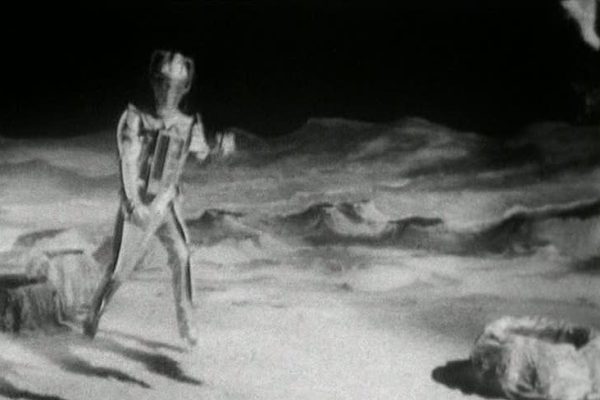
Utter silly nonsense, but huge fun if you're in the mood, The Moonbase is the first reappearance of The Cybermen after their debut in William Hartnell's last story. Featuring floating Cybermen and Moonbase oxygen escapes that can be stopped with a coffee tray, it's ridiculous but loveable stuff, topped by a commendable performance by Patrick Barr as the Moonbase commander. Much celebrated from the story but something of a decline for the lead character is his evocative talk about "evils in the universe" which "must be fought". While a nice speech, it does downsize the character from a galactic explorer and into someone who's on a reactionary mission to tackle monsters with a black-and-white mentality... albeit rendered in shades of grey.
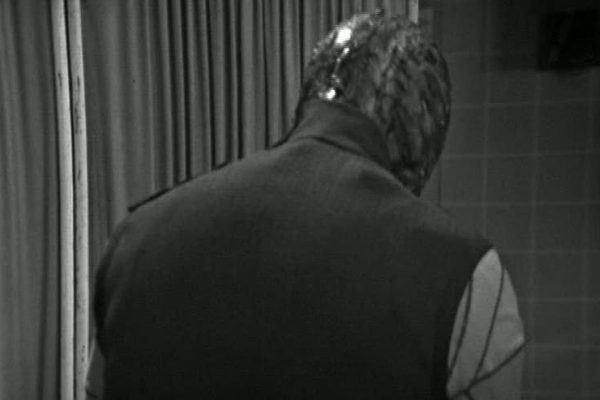
Sixties Who had plenty of far-fetched plots, often from its unofficial scientific advisor (and co-creator of the Cybermen) Kit Pedler. From aliens who want to use all of Earth's soldiers as a giant army – and test this out by getting them to kill each other – down to fish people being used to relaunch Atlantis, this was a period of the show where anything could happen, logic be damned.
Yet few went as far as a race of aliens who ran their own airline and targeted Club 18-30 holidays for their prey, a story that's both unjustly overlooked and deservedly forgotten. Despite such fun ludicrousness, this one works as a reasonably intriguing detective tale, with some genuinely unsettling moments, such as the fairly graphic (for the time) depiction of fleshless aliens, pictured above. However, one thing that may leave a sour taste is how sidelined Ben and Polly are, not appearing after episode two, save for a pre-filmed "goodbye" insert.
The three companions who were introduced in the Troughton era were a variable bunch, and generally rendered in two dimensions. Victoria was simpering, and Zoe, while more palatable, could be stagey. Frazer Hines' Jamie started out as a more serious character, including major clashes with the Doctor in The Evil of the Daleks, but the actor started to get increasingly tongue-in-cheek during season five. Fast-forward a year and Troughton has joined him, with lots of innuendo and virtual winks to camera creeping in.
While Ben and Polly could fit this more generic mould, they were also a throwback to the era that gave us Ian and Barbara, still arguably the most realistic companions the series ever had. The couple made their debut in a story where Dodo had an offscreen exit, so should have been prepared for how it worked... they don't so much leave as get ignored out of the series. Being a companion in the 60s was a tough life.
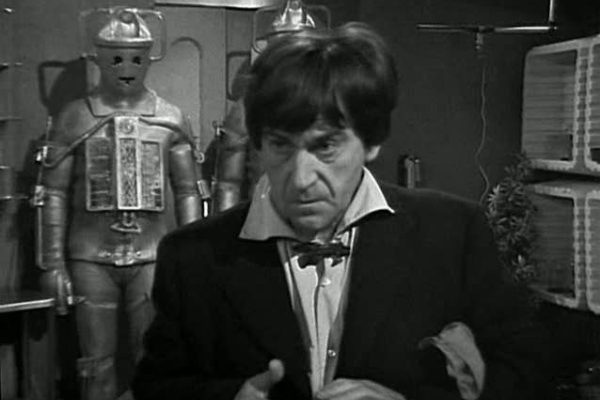
Never a fan favourite, in the aforementioned DWM poll this came 114th out of original series stories, and was regarded as the fifth-worst Troughton story. (For those who care about such stats and trivia, then the black-and-white Cybermen stories generally fared quite well, with Tomb 15th out of the original series and The Invasion at 20. Their William Hartnell debut made it to 37, and even the daffy Moonbase got to 74). It's hard to really understand why, as The Wheel In Space, while no classic, is a fairly engrossing tale where the Cybermen take over a space wheel by stealth. In this respect it follows similar plot lines to The Moonbase, but David Whitaker's script does it on its own terms. There is a sense of letdown as five episodes are given over to build-up, with a very abrupt climax, the satisfactory resolution of events taking secondary precedence to a coda where Wendy Padbury's Zoe becomes a new regular.
Given that the series was still fairly new, we get more new developments that would go on to be used for years to come: while other Troughton stories introduced the Time Lords or the now-saturated sonic screwdriver, The Wheel In Space has the first instance of using "John Smith" as a pseudonym for the Doctor. It's also a story that heavily indulged in one of the Troughton era's most oddly lovable motifs: people watching each other/communicating with each over via viewscreens. Best of all though is a moment in the final episode, where Troughton unintentionally(?) delivers the line "sectional air supply" as "sexual air supply".
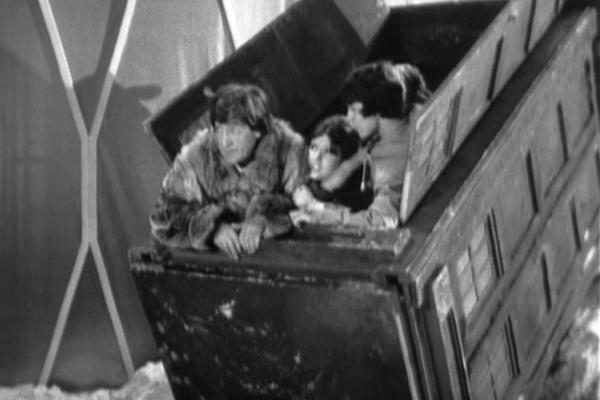
It's around this point in the series that the three regulars start to become a mildly irritating knockabout treble act, with Troughton and Hines doing some forced comedy schtick while Watling pretends to laugh unconvincingly. While the Troughton era is a big favourite of The Anorak Zone, it can't be denied that it's almost inarguably the most child-orientated period of the show, and stories like these have to be watched with a certain mindset.
The Ice Warriors themselves enjoyed such a reputation as one of the "classic" monsters that one eventually appeared in the nude in the often-tiresome new version of the series. I've never really been able to understand the appeal, as the creatures are so lumbering and slow it takes them five episodes just to leave their base, though the (almost) "real time" format is innovative. Not only this, but rather than let the audience make their own minds up about the themes the story raises, it wraps them all up in platitudes with no room for interpretation. The serial manages to work despite it all, hence its high placing in this chart.
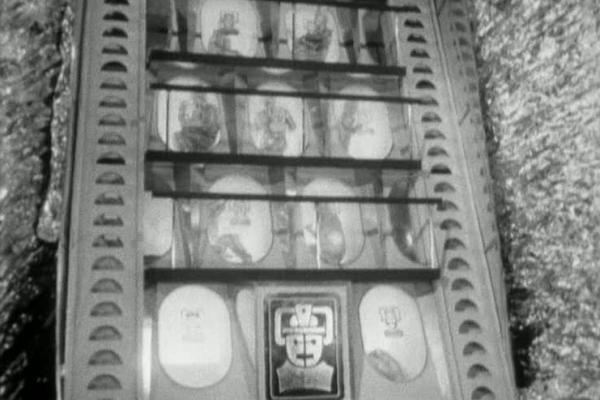
The Tomb of the Cybermen marked the last regular occurrence of four-part stories for some time. Seemingly an ideal length for Doctor Who serials, it had quickly settled as the standard from 1965 onwards, with 14 of the 19 stories making up seasons 3-4 being in the format. Largely to save money on sets, longer stories became the norm after this point, and it wasn't until 1975 that this decision was finally reversed. All of which makes The Tomb of the Cybermen a far tighter story than it would have been later in the run, a stark contrast to the more loosely-plotted Cybermen tales in the rest of the period.
Despite the pacing, it's a very "broad" story, with more than a whiff of pure kid's show about it, and each viewing can produce a different reaction depending on mood. Perhaps more than anything, it's such a story of two halves: the final two episodes contain increasingly implausible plot decisions, along with silly Mr. Punch voices on the Cybermen and some truly awful scenes, like the "Toberman throws the Cybercontroller" moment, an hilariously Benny Hillesque encounter. More than anything, it's arguably the most dated Patrick Troughton story of all, with a pure B-Movie feel all the way through. Look out for the aforementioned Toberman, a monosyllabic black muscleman who the Doctor talks round by comparing him to a slave... while not the only suspect racial depiction in the era, it's by far the worst.
All of which is something of a shame, because the first two episodes are so good. Troughton's Doctor both delights in his vanity, and also compels in his psychological manipulation, this being arguably the last of the "darker Doctor" stories from the period. The American accents of some of the characters aren't really that convincing, but George Pastell makes for a great villain for Troughton to play off, and even the usually sidelined Victoria gets plenty of proactive moments in one of her best outings. Overall it's a story that starts out strongly and ends up with nowhere to go.
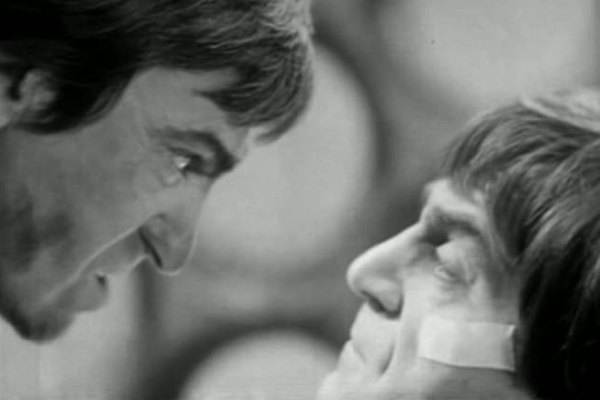
Astonishing to see this one on the front pages of tabloids, as last month's official announcement of its recovery made mainstream news. Rumours that the episodes had been found had rumbled in fandom for well over a year beforehand, and, despite the official statement that no more episodes have yet been found, those same rumours suggest that's not the end of the find just yet.
Whether or not this turns out to be true, what we have here is the wholesale recovery of a solidly made Doctor Who serial, made even more appealing by all the little tics and mannerisms that Troughton brings to the part. He's quite the charmer in this one, and, even if his dictator does have an accent that is more Chico Marx than Mexican, it's a fine dual performance that very few could have pulled off. The six-part plot is propped up with constant new developments, including an underground city. Sure, underground dweller "Colin" seems to be in a 1930s period drama, but it's a narrative that refuses to stand still and risk losing momentum.
Incidentally, the serial saw one of the oddest decisions behind trailers in the history of the DVD era. This is a range that has even its comedy stories being presented as gritty dramas for the buying public, but this lack of thought is taken to new extremes with a trailer that... includes the ending. A bizarre choice for a story that hadn't been seen for 45 years.
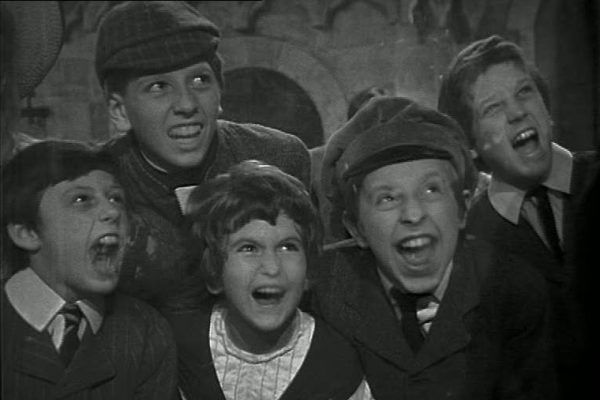
Set in the Land of Fiction, The Mind Robber is alternately both the best AND worst of the Troughton era. Taking its "for the kids" leanings to its logical extreme, we get a series of fairy tales and puzzles, along with the Doctor being menaced by schoolkids and a teleporting superhero. Clearly written by a man who believed the show wasn't watched by anyone over the age of ten, this sense of pure adolescence is betrayed by genuine wit on display, such as the Doctor trying not to turn himself into a fictional character, or Gulliver only being able to speak dialogue he said in the book.
It contains the worst-ever scene for Zoe, where she has an appalling Judo bout with said superhero, but also the best Zoe scene, a shot of her on the TARDIS console which I've purposely tried to avoid mentioning in an attempt to not appear sexist. In all, the serial clashes violently between inspired genius and insipid, lowest-common-denominator theatrics, being one of the best Doctor Who stories you've ever seen one minute, and one of the all-time worst the next. Overall, it comes out on top, hence the high ranking here. Although Troughton's final season was hugely variable, it did succeed in restoring variety and experimentation back to the series, after the excellent but narratively staid season five.